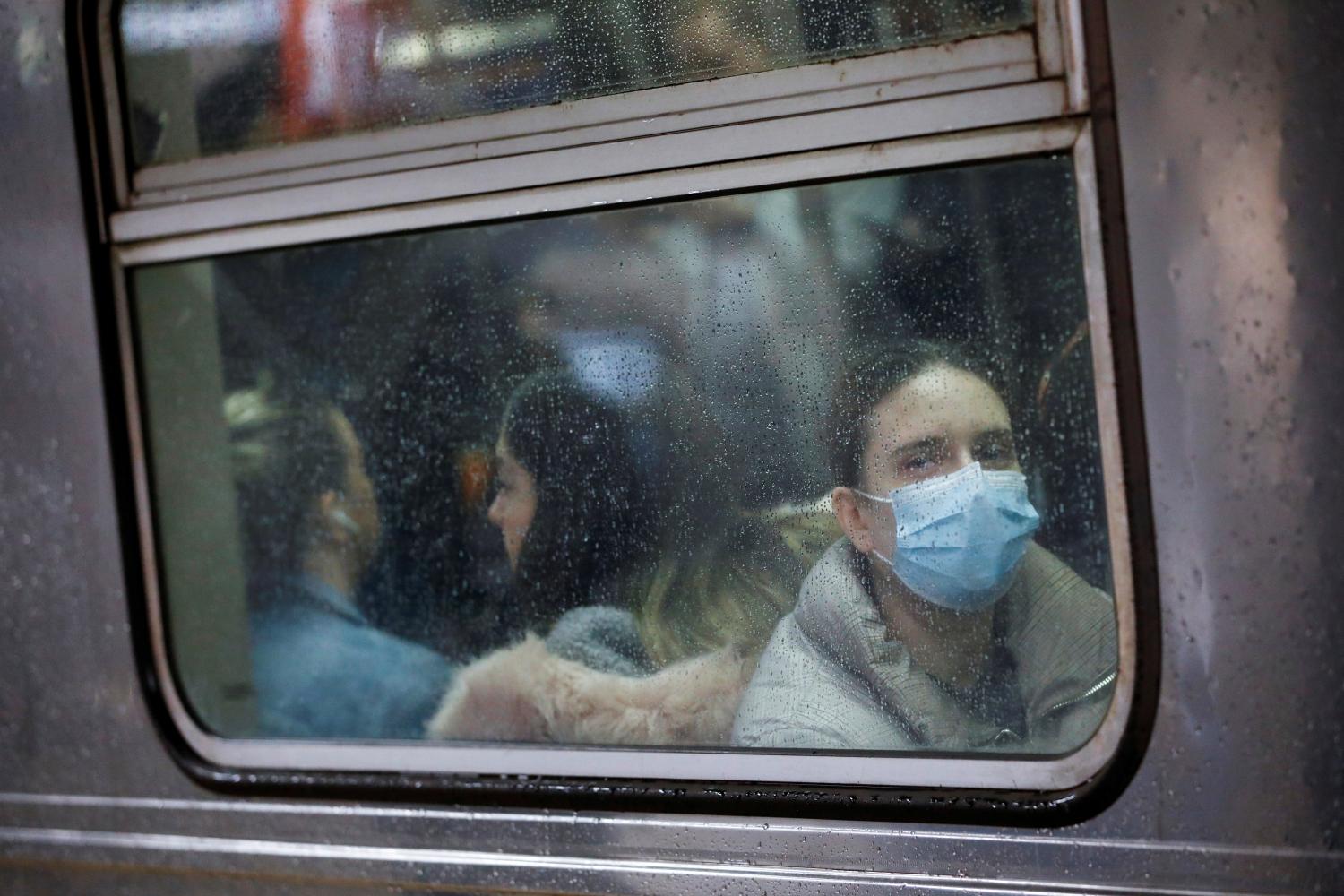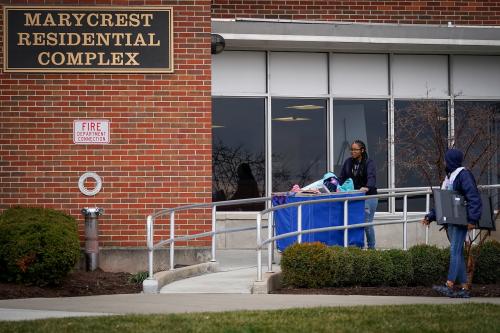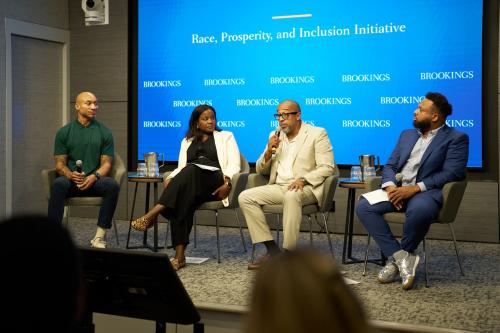As Wall Street takes a pounding from the COVID-19 pandemic, the stock we place in teachers is on the rise. If you didn’t appreciate the expertise, labor, and dedication that teachers patiently pour into our children most days of the week, then you probably do now.
To help reduce the spread of the coronavirus, districts across the country have closed schools, many for the rest of the academic year. Parents have been left to play the role of teacher, principal, and lunch lady all at once. We’re pulling out our hair trying to figure out lesson plans, distance learning platforms, and assignments. And our children are treating us like the flailing emergency substitute teachers we are.
The value of teachers isn’t bought and sold on Wall Street, but it’s finally being recognized by those of us forced to take on their role.
One of these new substitute teachers, television and film producer Shonda Rhimes, estimated teachers’ real worth on Twitter: “Been homeschooling a 6-year-old and 8-year-old for one hour and 11 minutes. Teachers deserve to make a billion dollars a year. Or a week.”
Rhimes is mostly right—teachers are severely underpaid and deserve a raise. This moment should help us understand why hundreds of thousands of teachers in multiple states hit picket lines over the last few years to demand higher pay and better working conditions. Our mass foray into homeschooling hows exactly how valuable school workers and public education are to an economy, and yet how unappreciated.
When school bells ring again, let’s make sure we restructure our state economies in ways that pay teachers what they are worth.
Teachers earned 11.1% less than other workers with comparable education and experience, according to the nonprofit Economic Policy Institute. In a 2020 study on teacher compensation, Stanford University researcher Eric A. Hanushek found that entry salaries for teachers in 2016, in real dollars, had not changed since 2000, and average salaries for all teachers actually declined slightly over that period. And, as the cost of living soared, especially in large, coastal cities, teachers’ pay didn’t keep up. Consequently, too many teachers cannot afford to live in the same cities where they work.
The value society places on us can be found in the salaries we receive. Sexism that undervalues work done mostly by women is a drag on the market. Women are overrepresented in the lowest-paying jobs, and even women in high-paying professions are paid less than their male counterparts, according to the U.S. Bureau of Labor Statistics. The percentage of public school teachers who are women increased from 75% in 2000 to 77% in 2016, according to the National Center for Education Statistics.
As “women’s work,” teaching has always been underpaid. But think how much more vulnerable most teachers would be without labor union representation.
This is a moment to rethink the attacks on unionism that have underpinned much of the school reform movement of the last two decades. Quarantines and social distancing measures have put the economy in a downward spiral and exposed how vulnerable nonunionized workers are in our increasingly gig-based economy. Small business owners (especially Black small business owners), independent contractors who work as Lyft or Uber drivers, grocery store baggers, and service workers can’t afford to miss a few days of work—let alone a few months, which is likely if we don’t flatten the pandemic’s curve soon.
We’re lucky that most of our teachers are protected by union contracts, even if they’re grossly underpaid. Because they generally have good benefits, retirement packages, and representation through unions, educators have greater capacity to deal with the economic slowdown than Uber drivers and part-time employees. Most K-12 teachers are still getting paychecks throughout the shutdown.
But this doesn’t apply to all the workers our education system depends on. According to the Department of Education in 2016, “Child care workers make less than hairdressers and janitors.” Many part-time and contractual employees including bus drivers and cafeteria workers, who are critical to a well-functioning education system and economy, are also underpaid.
All labor has dignity, and that dignity must be reflected in pay. The $30 billion state fiscal stabilization fund that Congress passed in response to the coronavirus crisis will help our schools and colleges deal with the pandemic’s costs. But when the number of COVID-19 cases subsides, we should not go back to normal. We must pay teachers more.
The Great Recession saw huge cuts to education that the big stimulus package of the time, the American Recovery and Reinvestment Act of 2009, helped alleviate. But education budgets in some states still haven’t stabilized. In Oklahoma, for instance, per-pupil spending on pre-K-12 education, adjusted for inflation, was less in 2018 than it was from 2007 to 2011, according to reporting by the nonprofit journalism outfit Oklahoma Watch. It’s no surprise that the state was home to massive teacher protests over pay last year. We can’t make this mistake again.
Educators deserved raises even before the pandemic. Millions of parents with kids out of school right now are experiencing firsthand the fact that there are no real substitutes for trained, certified teachers. As Amy McGrath, Democratic candidate for the Senate seat in Kentucky, tweeted on March 16, “At the end of the first day of my kids being out of school after our attempts at ‘homeschooling’ … my conclusion … teachers are superheroes. The end.”
I’m not sure what a superhero’s salary is supposed to be, but every teacher deserves a whole lot more than we’re currently paying them.
This story about paying teachers more was produced by The Hechinger Report, a nonprofit, independent news organization focused on inequality and innovation in education. Sign up for Hechinger’s newsletter.
The Brookings Institution is committed to quality, independence, and impact.
We are supported by a diverse array of funders. In line with our values and policies, each Brookings publication represents the sole views of its author(s).









Commentary
After coronavirus subsides, we must pay teachers more
March 30, 2020